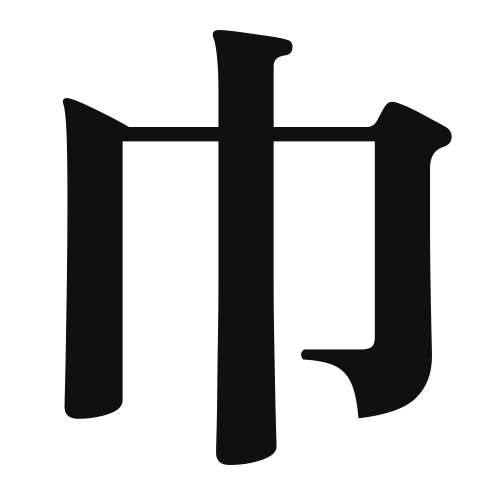1. Overview of Meaning
The kanji “巾” (kin) primarily means “cloth” or “width.” It refers to a piece of fabric or the measurement of how wide something is.
2. Formation and Radical
Formation of the Kanji: The kanji “巾” is a pictogram that represents a piece of cloth. It visually resembles a piece of fabric laid out flat.
Radical: The radical for “巾” is also “巾,” which is used in other kanji related to cloth or width.
3. Examples of Usage
Common Words and Phrases:
- 巾着 (kinchaku) – a drawstring bag
- 幅巾 (habakkin) – width of cloth
Example Sentences in Daily Conversation:
- この巾の布はとても柔らかいです。 (This piece of cloth is very soft.)
- その巾はどれくらいですか? (How wide is that?)
4. Synonyms and Antonyms
Similar Kanji:
- 布 (nuno) – meaning “fabric” or “cloth,” but it refers more to the material itself rather than the measurement.
Antonyms:
- 狭 (sema) – meaning “narrow,” which is the opposite of the concept of width.
5. Cultural and Historical Background
Relation to Japanese Culture: The kanji “巾” is often associated with traditional Japanese textiles and clothing, reflecting the importance of fabric in Japanese culture.
Proverbs and Idioms: There are expressions in Japanese that reference cloth, such as “布団を干す” (futon o hosu), meaning “to air out the futon,” which highlights the significance of cleanliness and care in household textiles.
